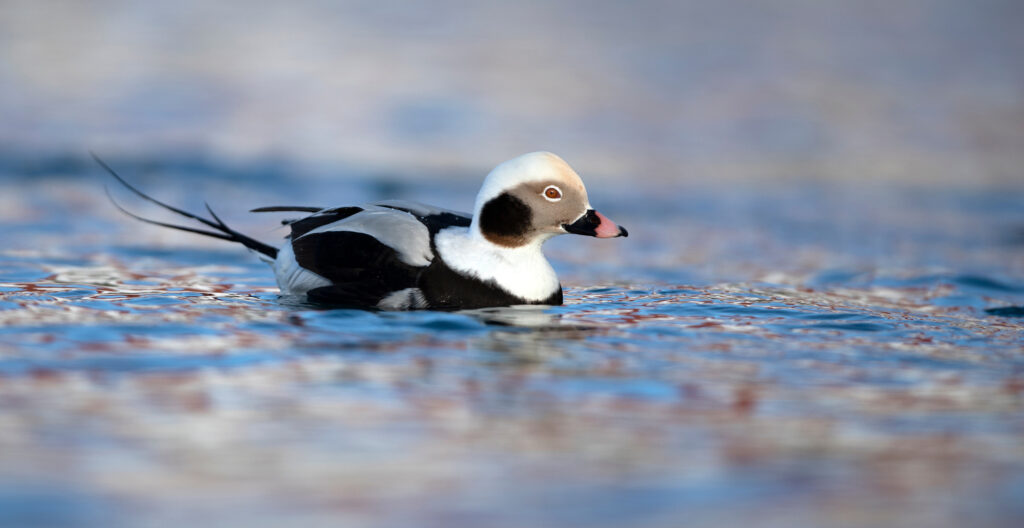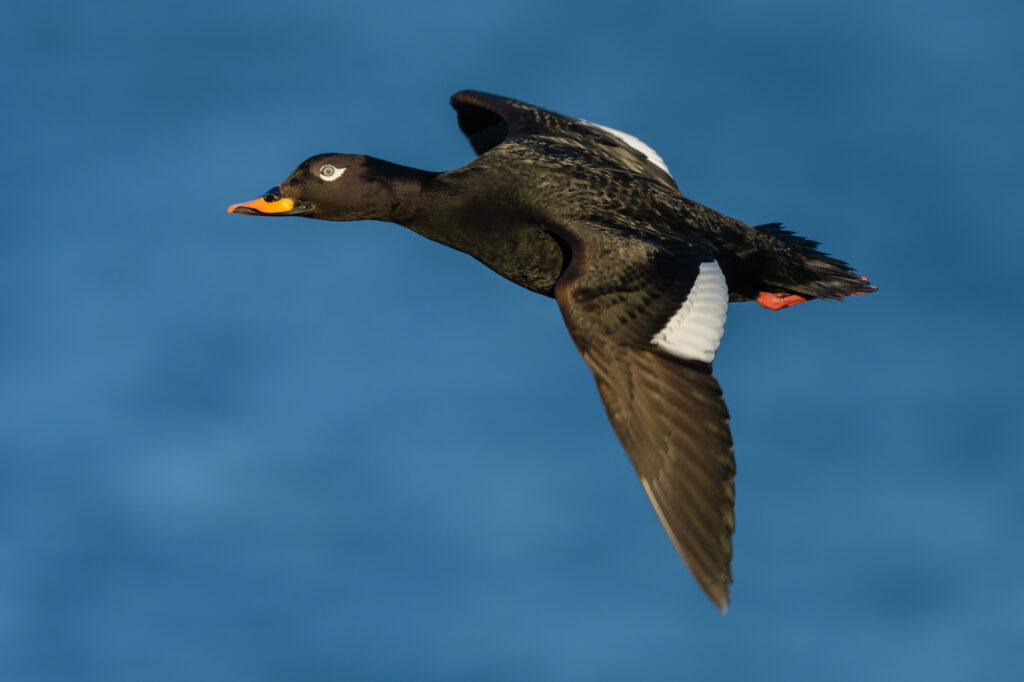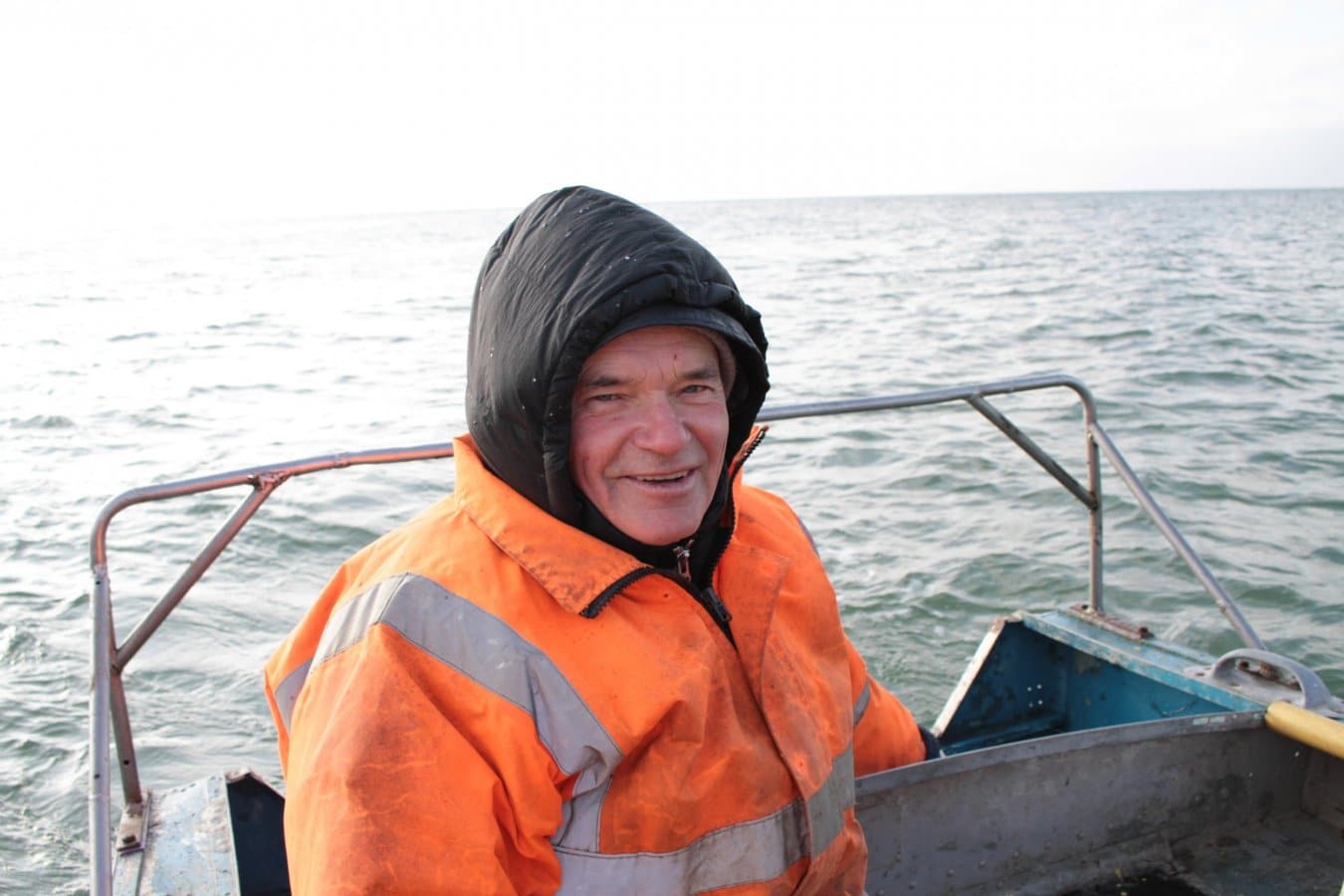Lithuanian government reported six cases of seabird bycatch between 2015-2019. This is why it’s too good to be true.

Every year, millions of seabirds travel to the Baltic Sea for the winter. But this is not a journey without peril. For those in the know, this region is infamous for being a global hotspot for seabird bycatch. The main culprit being gillnets. But the Lithuanian government is diving deep into murky waters to keep their bycatch problem a secret.
By Daniel Mitchell
A new paper by BirdLife Europe & Central Asia, and BirdLife Partners the Lithuanian Ornithological Society (LOD) and the Royal Society for the Protection of Birds (RSPB) reveals data collected between 2015-2020, showing that 1,500 to 3,000 seabirds are bycaught annually in gillnets by the Lithuanian coastal fishing fleet. The majority are caught between December and March, peak seabird period. 15 species were recorded as bycatch, with two species, the Long-tailed Duck (Clangula hyemalis) and the Velvet Scooter (Melanitta fusca), accounting for more than two-thirds of the total number of bycaught individuals. Both species are globally threatened (Vulnerable on the IUCN Red List) and their populations have been declining in the Baltic Sea since the early 1990’s.

The estimate in the paper is similar to an earlier estimate from 2009 of 3,000 to 5,000 birds/year. This is despite a significant decline in seabird numbers in the Baltic Sea, a significant reduction of Lithuania’s fishing fleet, and the introduction of EU legislation to minimise bycatch.
Whilst the estimate of 1,500-3,000 may appear modest to some, it is important to put in context. The 92 kilometres of Lithuanian coastline represents a small part of the entire Baltic Sea coastline, which stretches some 8,000km. Adding to the fact that Lithuania’s coastal fleet carries out the typical fishing activities found all around the Baltic Sea, it can be deduced that the level of seabird bycatch in this region are significant.
Curiously, the Lithuanian Government has officially reported a total of six bycaught birds between 2015 and 2019. That is more than 7,000 birds less than our lower estimate for this period. This reveals the extent to which official figures are underrepresenting the true level of seabird bycatch due to the failure of the Lithuanian Government to put in place proper data collection. Unfortunately, this situation is replicated in countries across the Baltic Sea region.
In many cases we can reduce seabird bycatch through relatively simple and low-cost measures. However, there is rarely a one-size-fits-all solution highlighting the need to work with fishers to find the most suitable solution taking account of their fishing vessels and practices. The lack of accurate data on seabird bycatch greatly hinders the identification of priority areas for action and efforts to identify and develop solutions.
It is vital that the European Commission requires Member States to establish effective systems of data collection on bycatch of sensitive species, and that Baltic Sea countries, including Lithuania, fulfil their obligation under EU legislation and put in management measures to minimise bycatch and set up proper monitoring to allow the effectiveness of these measures to be evaluated.
Image credits: Matt Binding
You might also be interested in:
 | Stichting BirdLife Europe gratefully acknowledges financial support from the European Commission. All content and opinions expressed on these pages are solely those of Stichting BirdLife Europe. The European Commission is not responsible for any use that may be made of the information it contains. |









